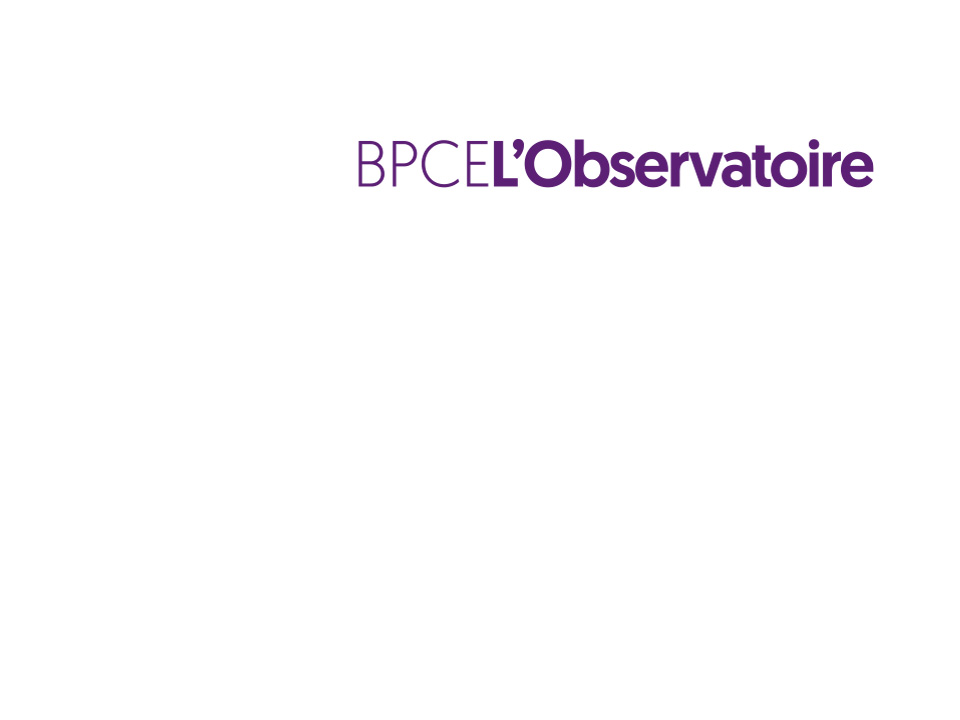

Industry is directly impacted by the wave of inflation
[July 2022] Every year, BPCE L'Observatoire takes stock of the business situation in France. This year, companies are facing three major challenges: the inflationary shock, the repayment of the ‘Covid-induced’ debt, and the drive to restore their business activities.


The euphoria of the extremely rapid recovery of GDP in the post-lockdown period fizzled out in the 4th quarter of 2021, even before war broke out in Ukraine. The economic signals – almost all of which were flashing green (business insolvencies down, strong rebound in economic activity, buoyant demand, high margin rates, comfortable cash flow positions, etc.) – switched to amber, with the exception of investment.
Tighter business operating conditions
In this new context, operating conditions are being increasingly squeezed by rising costs and a variety of bottlenecks (energy and raw material prices, shortages, supply and recruitment difficulties) exacerbated by the restrictions in China in the 1st quarter of the year and by the war in Ukraine.
At the sector level, the phrase ‘the first will be the last’ seems to be holding true; manufacturing industry, which was less affected by the economic recession in 2020, is now being hit by rising raw material prices and a prolonged downturn in business activities. The so-called ‘Economic and Social Resilience Plan,’ a program launched by the French government at the outbreak of the Russian-Ukrainian war, is probably unequal to the challenge and likely to produce only limited effects. As a result, French manufacturing is liable to find itself further weakened in the coming quarters. In contrast, the service sector is enjoying a sharp rebound, a recovery shared even by those sectors most affected by the health crisis thanks to their being shielded by massive government support during the recessionary shocks.
The rise in input prices (raw materials, energy, etc.) is so high that companies are only passing on a part of these increases to their customers. The terms of trade in the 1st quarter of 2022 were 7% lower overall than before the health crisis, a situation impacting manufacturing industry more than services. These price movements are depressing companies’ profitability along with their cash flow positions, an item already under increased pressure from Covid-induced debt repayments (reimbursement of State-guaranteed loans and the payment of other postponed contributions).
An expected slowdown in investments and corporate lending
The deterioration of the economic environment and the rise in interest rates is expected to put a brake on corporate lending. Investment, which remains extremely resilient, is likely to grow moderately from the end of 2022 onwards, a trend that will limit the demand for credit. The cash flow position of businesses, especially micro-enterprises and SMEs, finds itself under the increased pressure of State-guaranteed loan repayments and the deteriorating economic environment.
Our scenario therefore forecasts a slowdown in outstanding corporate bank debt (+€32bn in 2022 and +€14bn in 2023). Investments in bank accounts are expected to remain stable in 2022 (+€37bn after +€35bn in 2021), before slowing down in 2023 (+€31bn) with a reallocation of funds toward interest-bearing instruments (term accounts) at the expense of sight deposits against a background of rising interest rates.
Ultimately, companies should start to reduce their net bank debt (debts less investments) as of 2022 (-€5bn), a trend that should gather pace in 2023 (-€17bn), chiefly brought about by the repayment of State-guaranteed loans and a return to an economic environment that is more restrictive for debt and less capable of generating cash.
These changes in outstandings are expressed in nominal terms (at current prices) but, in real terms (after cancelling out the effect of inflation), the reduction in debt is expected to be more significant, while net corporate investment flows should barely suffice to preserve the real value of cash holdings.